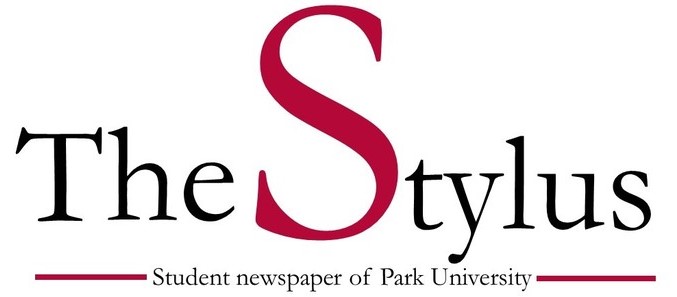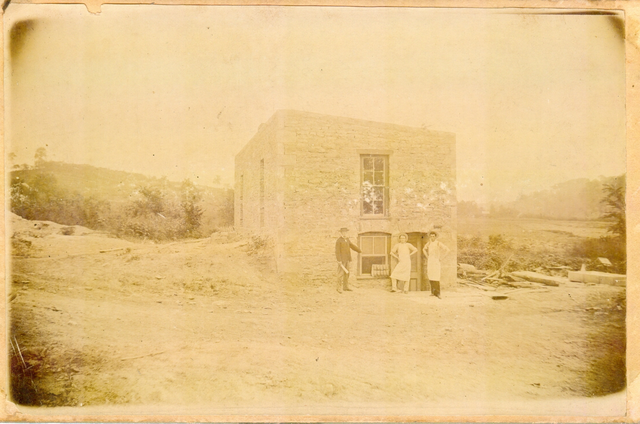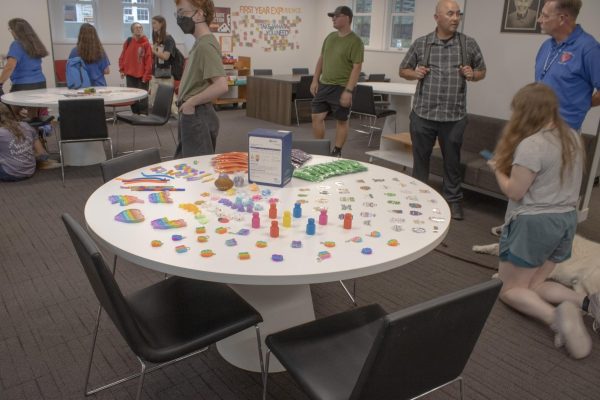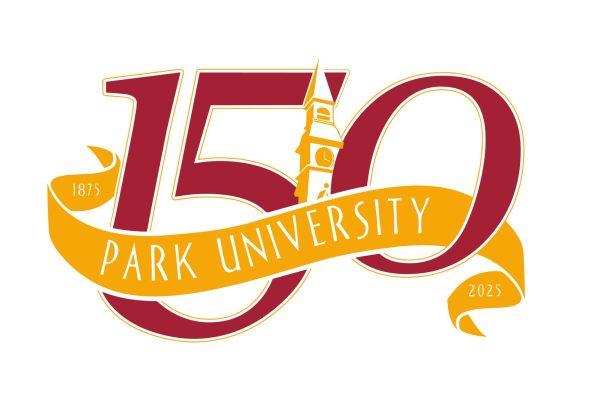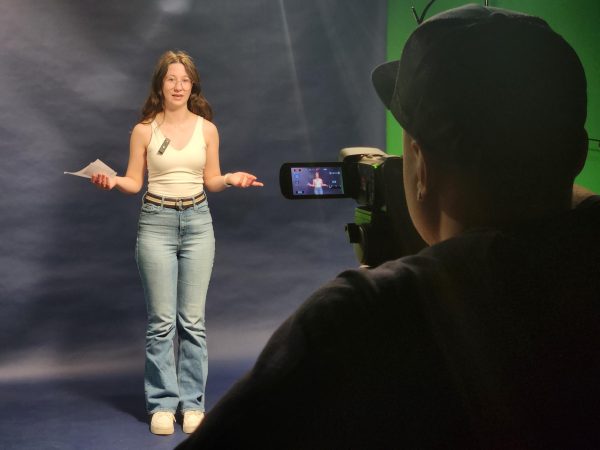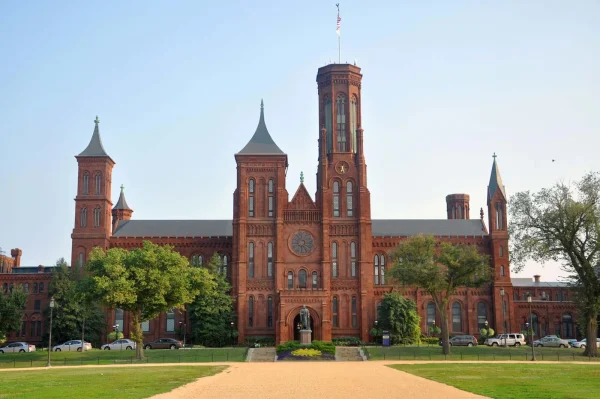Lot N expansion could mean loss of historic building
Parking lot M, one of the two parking lots that Copley Quad residents can park in, was closed indefinitely on October 28. Copley Quad residents now must park in lot N, the parking lot by the Julian Field, or in Chestnut’s parking lot.
In the email sent from Dean of Students Jayme Uden, Ed.D., to Copley Quad residents he said, “The lot will become the staging area for the construction of a new commercial building on the corner of 6th Street.”
As of right now there haven’t been any more specifics on what the commercial building is. In previous town halls Dr. Gunderston has mentioned a parking garage being built somewhere in the area. That hasn’t been verified nor is it known if students would be able to use the garage if it is built. Uden and President Greg Gunderson, Ph.D., did not respond to interview requests for clarification. Edit Nov. 28 Dr. Gunderson was reached for an interview in a subsequent article.
Karie Fields, director of residence life, verified that there are enough parking spots in lot N to accommodate every student living in Copley Quad, despite the dorm being at full capacity this semester.
In his email, Uden stated that lot N would be reconfigured to hold more parking spots. This change is set to take place over the summer in 2019. It’s not known yet what exactly is going to be changed in lot N.

Andrea Lee, Ph.D., assistant professor of art, was at a town hall earlier in the semester where the changes were being discussed with faculty and staff. Lee said that to her understanding, the ceramics building, which is the larger of the two stone buildings in lot N, will stay untouched. The smaller stone building that rests surrounded by the parking lot may be removed.
“I am glad that the ceramics building will stay intact, both for the historic significance for Park, and also because we really need the classroom space for our art classes,” said Lee.
In recent years the building was resurrected thanks to the work of the art department and now houses ceramics and fibers classes.
Both buildings in lot N have historical significance for Park. In the early days of its founding, then Park College was largely self-sufficient. Both buildings in the late 1890s and onward were used for food storage and, more specifically for the building that may get torn down, a bakery.
“It was here that the daily bread needed to feed the college community was baked and then delivered to the various dormitories in which were located kitchens and dining rooms,” said Carolyn Elwess, Park University’s archivist. The bakery building was built in 1895, making it one of the oldest buildings on campus.
More than just the bakery, there was an entire system of food production in the area that now houses Julian Field, the ceramics building and lot N. Julian Field was originally used as a garden that was tended to by the students of Park College. The building that now houses art classes, then called the Root Building, was originally used to hold vegetables after they were harvested.
In the meantime, students are still unclear on what the future looks like for lot M and N.
Your donation will support the student journalists of Park University. Your contribution will allow us to cover our annual website hosting costs, freeing up other funds for equipment, printing and training.


